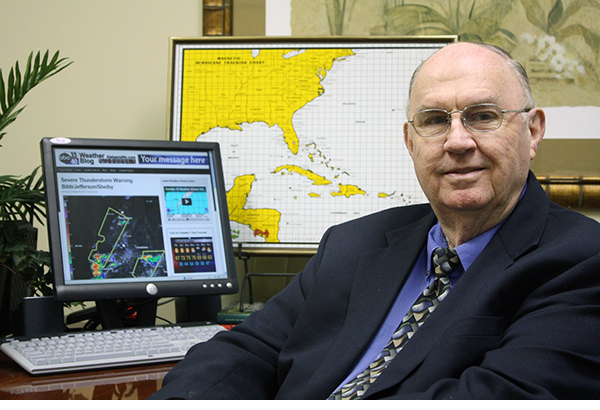Katrina: Day Three
Early on the morning of Thursday, August 25, 2005, the all too familiar twin square orange and black hurricane warning flags were flying over South Florida.
Residents were beginning the drudgery of preparation for another hurricane. On average, South Florida is visited by a hurricane every four years and a major hurricane every nine years.
Hurricane Katrina, located lesa than one hundred miles east of Fort Lauderdale, steamed west at eight mph underneath a ridge of high pressure to the north. Even though the developing storm was not a hurricane, forecasters at the National Hurricane Center expected it to become one before it made landfall that night. Strong thunderstorm towers around the storm’s center and a well-developed wind field indicated that strengthening was a definite possibility.
Official forecast graphics issued by the National Hurricane Center could not be ignored. The hurricane would cross the Florida Peninsula fairly quickly, and emerge into the eastern Gulf of Mexico, where strengthening would be inevitable. Then forecasters and emergency officials would be faced with the frightening possibility of an intensifying hurricane in the Gulf, and landfall had to come somewhere.
Katrina made landfall around 6:30 p.m. near the Dade/Broward County line between Miami and Fort Lauderdale. A wind gust to 92 mph was measured. Three people died in the storm in South Florida, from faling trees. Katrina left 1.3 million people without electricity in South Florida.
Category: Uncategorized















